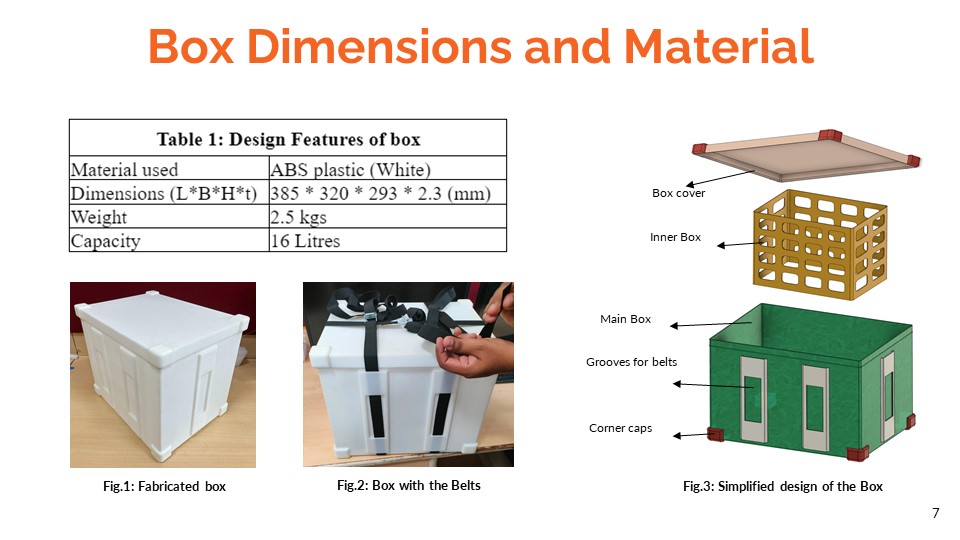
Revolutionizing organ transport: The advent of drone delivery systems for organs
Jayalakshmi Jairam1, Sunil Shroff1, Prabhu Rajagopal2, Neha Arora2, Aishwarya Kumar2, Hemal Kanvinde1, Ganesh Chandrasekar1, Lalitha Raghuram1, Pallavi Kumar1.
1Research and Publications, MOHAN Foundation, Chennai, India; 2Department of Mechanical Design, Indian Institute of Technology, Madras (IIT Madras), Chennai, India
Introduction: In India's bustling cities, organ transport during peak traffic hours is currently facilitated by 'green corridors' established by traffic police. These corridors halt the traffic for the vehicle carrying the organ to move smoothly from one location to another. However, these movement causes significant public inconvenience and requires extra police manpower.
Drones emerge as a promising solution to bypass frequent urban congestion, offering a seamless, efficient method for organ transport. This paper presents a novel approach: a temperature-regulated, lightweight, and crash-resistant container tailored for drone delivery of organs and medical supplies, addressing the critical need to maintain the cold chain for sensitive medical items.
Method: The primary goal was the design of a resilient, lightweight organ transport container to mitigate impact damage. A secondary aim was identifying a cost-effective drone capable of carrying an 8 to 10-kilogram payload for up to 45 minutes across distances of approximately 30 km. The container, designed to weigh between 3 to 4 kg to accommodate the organ, preserving fluid, ice packs, integrated sensors and tracking devices within a total payload of 8 kgs.
Results: Constructed from carbon fiber sheets and aluminium extrusions, the container had an optimal strength-to-weight ratio.

Equipped with sensors for temperature monitoring and emergency tracking, including an accelerometer, gyroscope, GPS, and temperature sensors, all managed by an Arduino Uno microcontroller and powered by lithium-ion batteries. Internal insulation and impact protection are enhanced by a thermocol casing, with phase change material (PCM) ensuring stable internal temperatures.
Following extensive testing for durability and temperature regulation, three flight tests using a goat heart demonstrated the system's efficacy, maintaining internal temperatures between 1 to 2 ℃.
Conclusion: The drone delivery system presents a forward-thinking, eco-friendly, and potentially cost-effective solution for organ transport, significantly improving delivery efficiency and reliability. This method addresses the urgent needs of transplantation medicine, offering a viable alternative to conventional transport challenges.
SBI Foundation.
[1] Drone Delivery of Organs
[2] Transport of Human Organs using Drones
[3] Organ Transport using Drone
